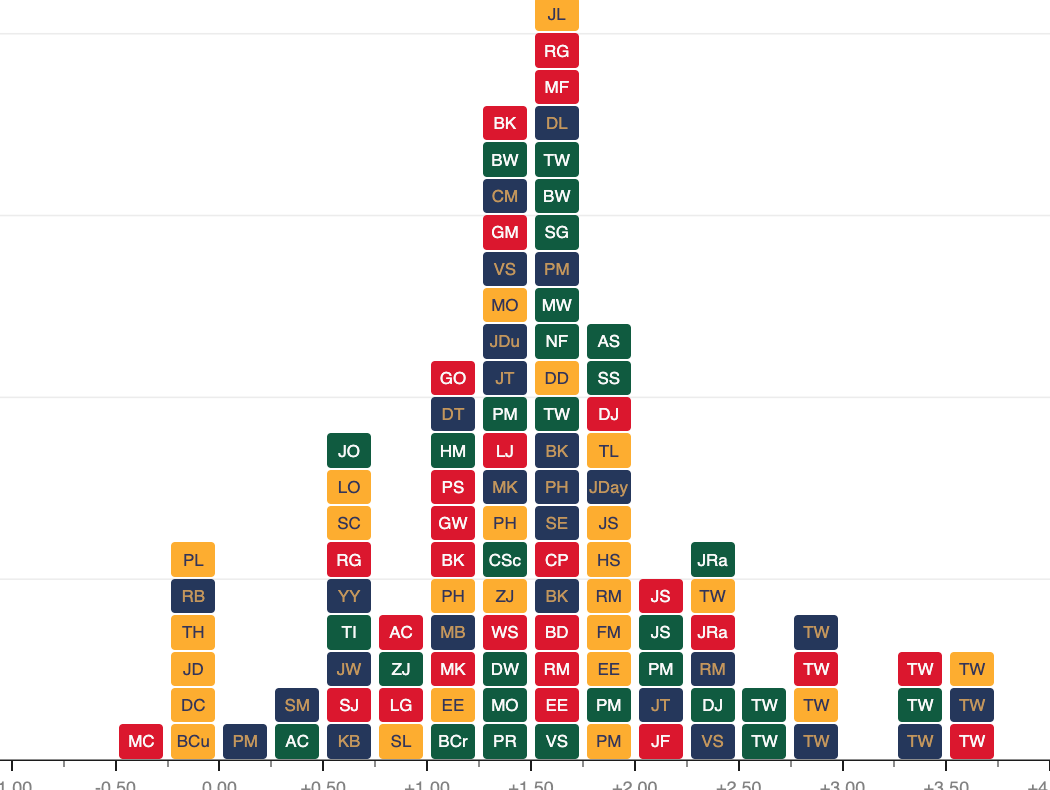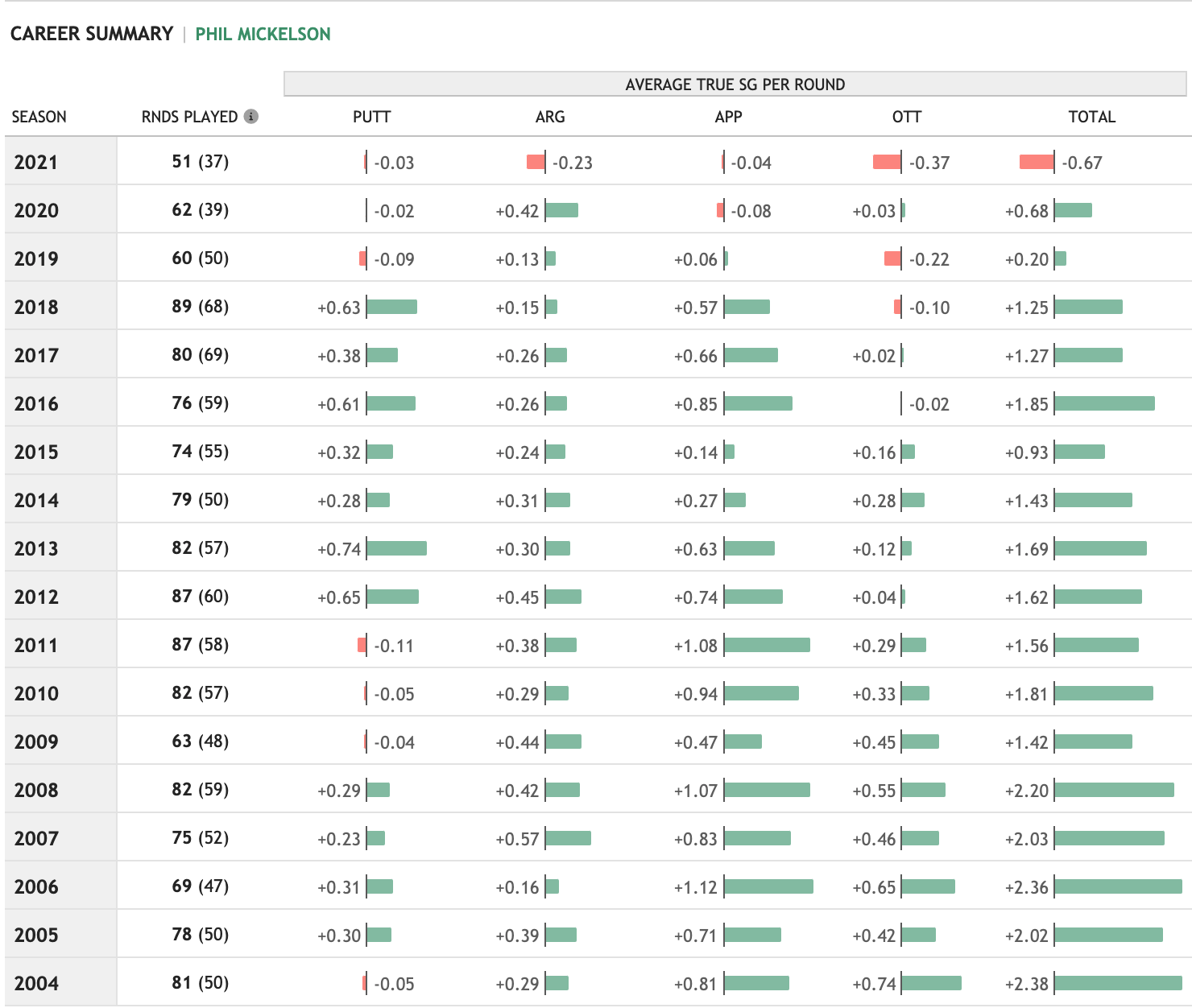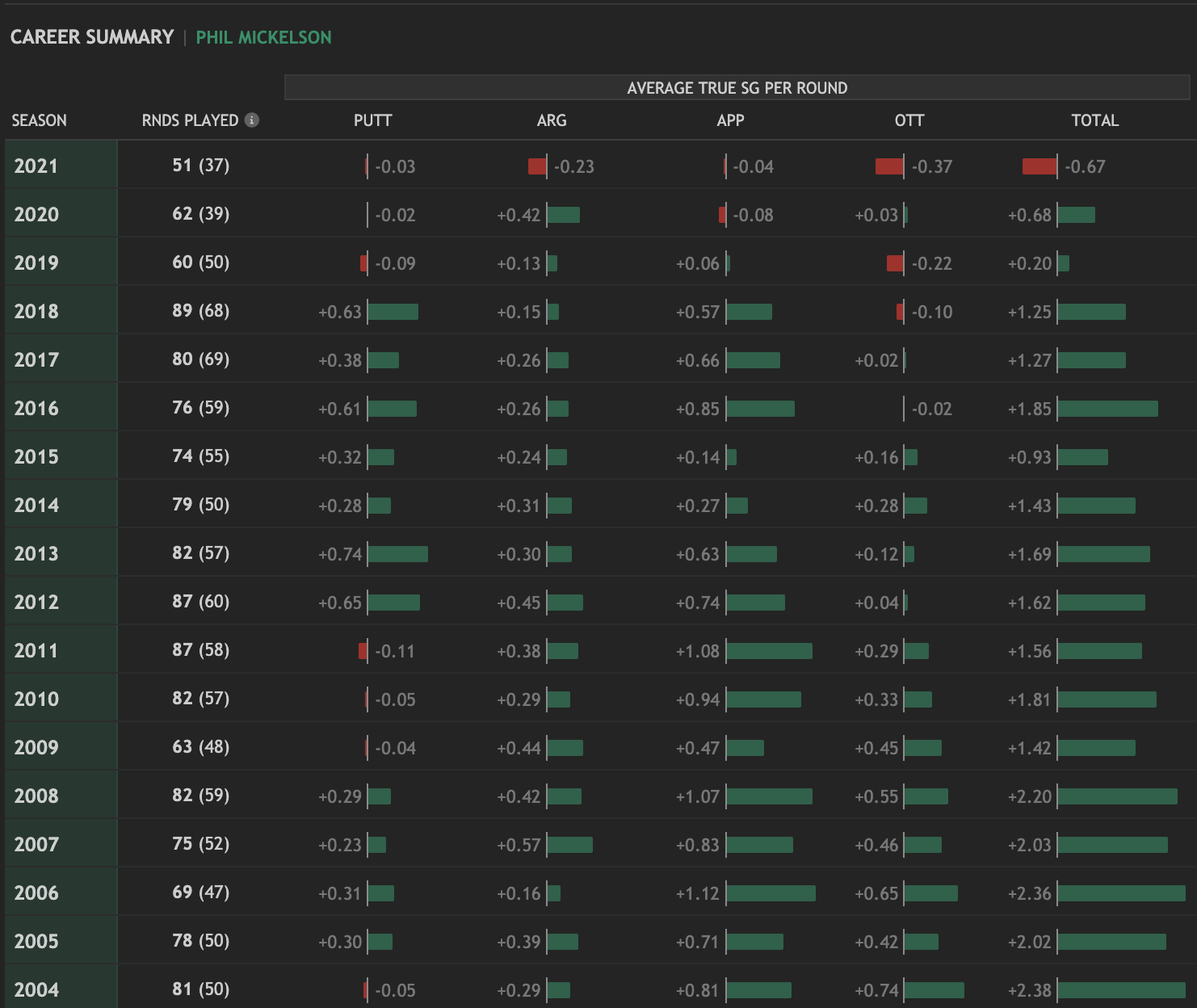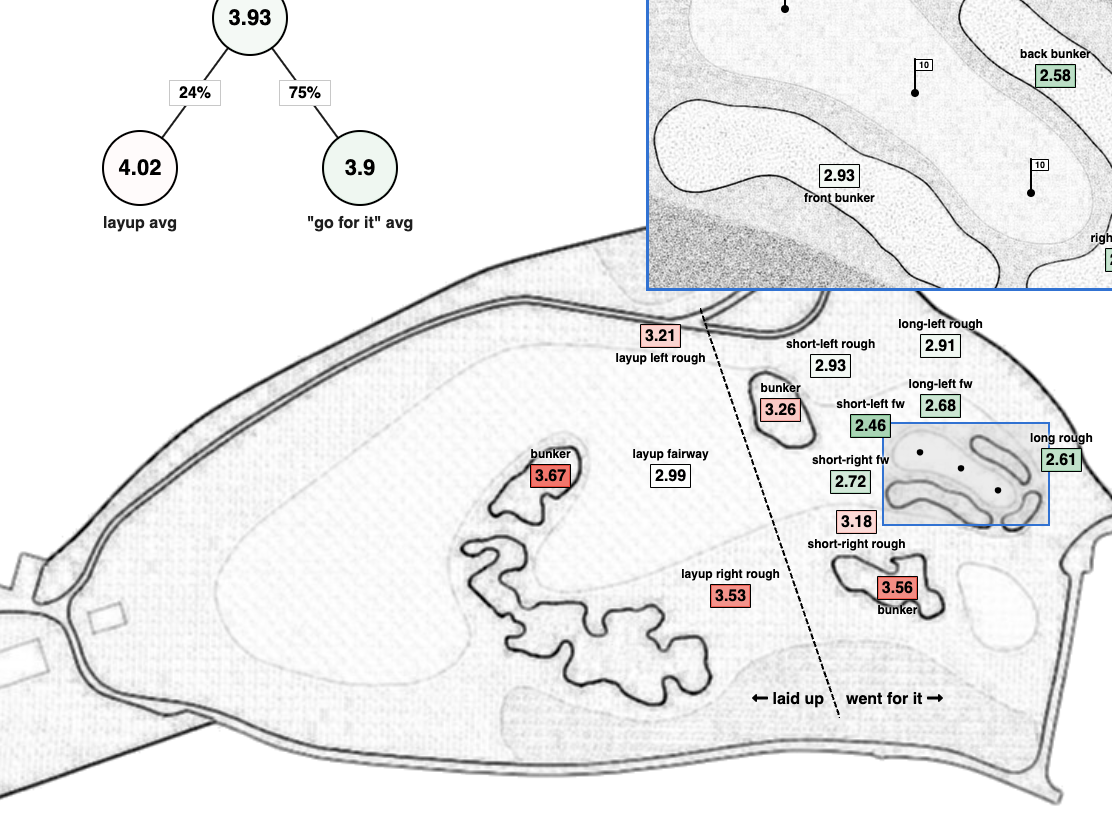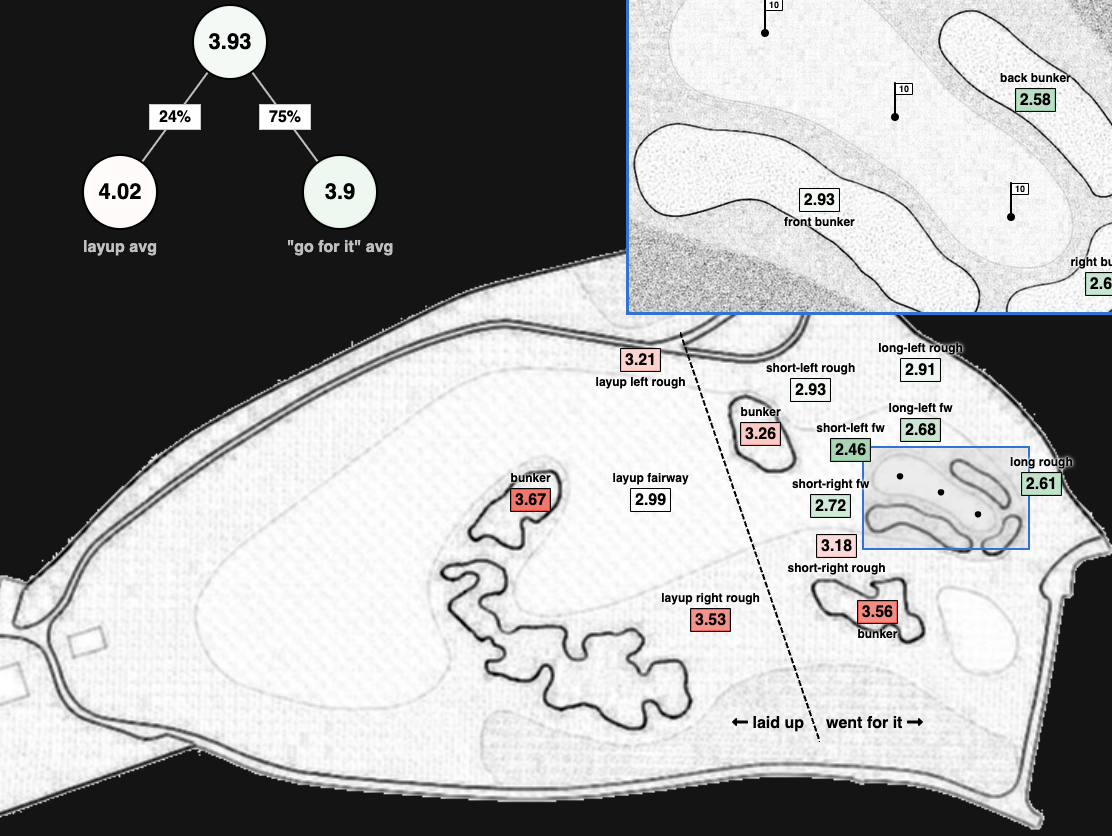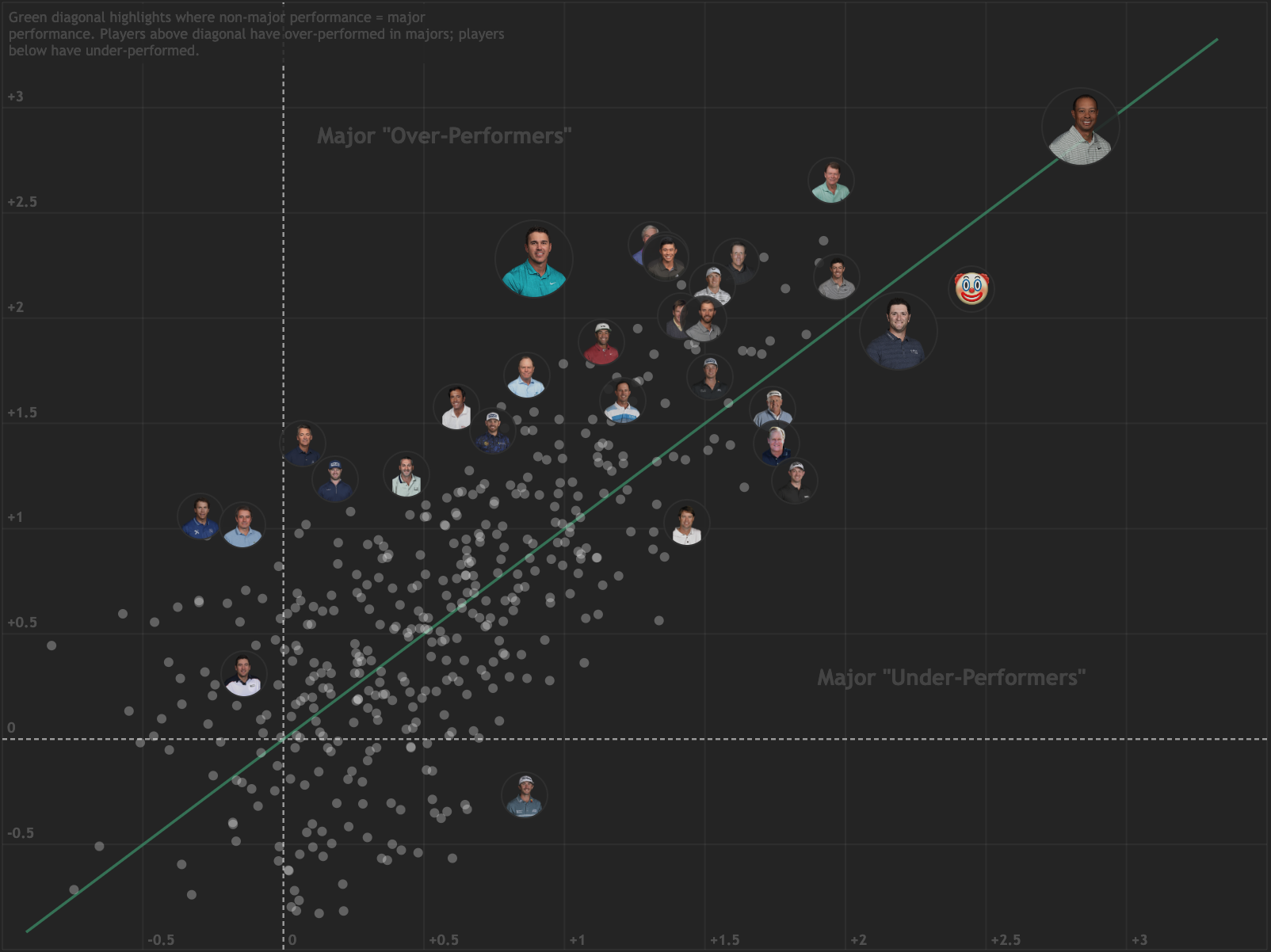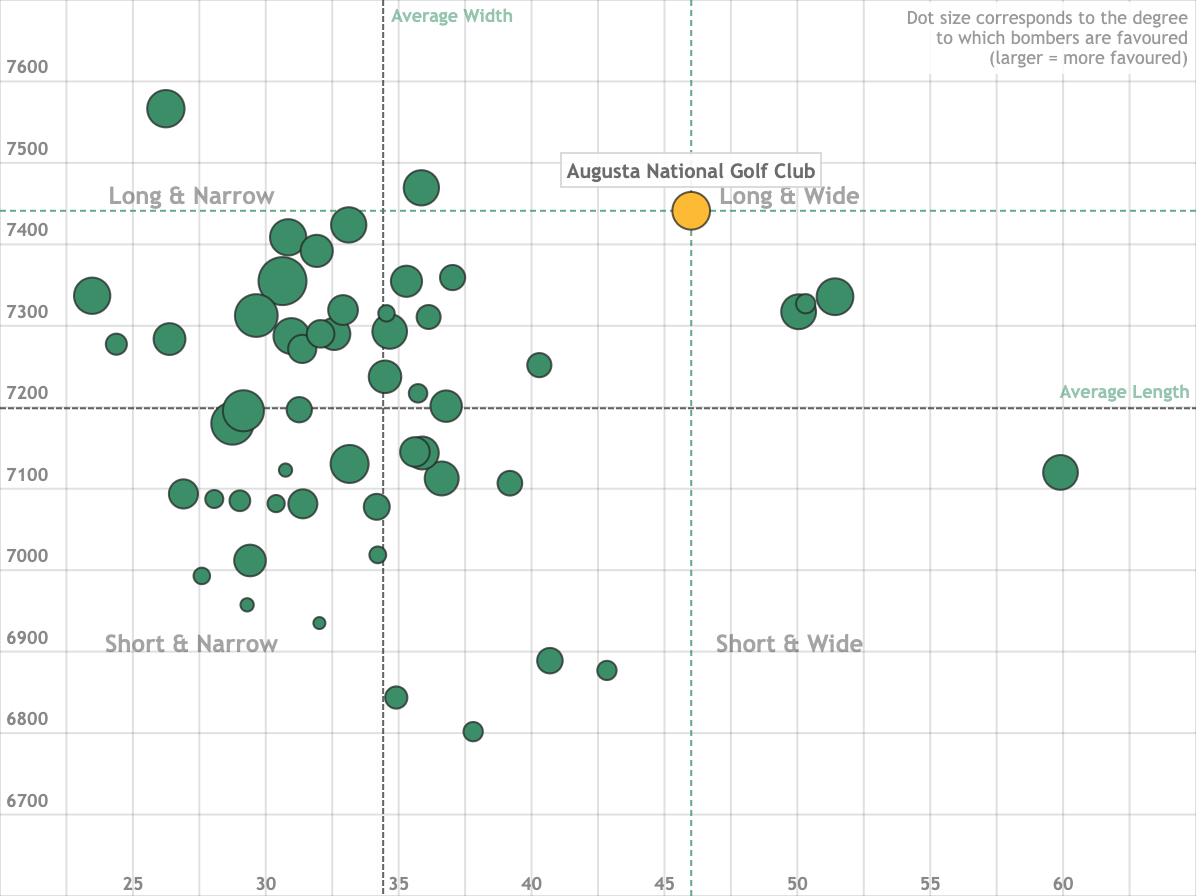
 I.T.N. No. 27
I.T.N. No. 27PUBLISHED May 22, 2021
Inside The Numbers ...
is a brief numerical summary of the current happenings in the world golf, published every Monday — hopefully.
28 CONSECUTIVE SEASONS
Of the many exceptional traits Phil Mickelson has showcased during his career, perhaps none are more impressive than his longevity.
After recording a slightly negative (-0.07) true strokes-gained season in 1992, Phil has reeled off an unprecedented 28 consecutive seasons of positive strokes-gained.
The table below shows Phil's season long averages since 2004 (older data is not available on our site):
Phil's 2021 season has been his worst yet, averaging -0.67 true strokes gained in 51 rounds and putting his impressive streak at serious risk. Even though the eternally optmistic Mickelson won't admit it, time is taking its toll, which only makes tomorrow's final round at Kiawah all the more significant.
Phil's 2021 season has been his worst yet, averaging -0.67 true strokes gained in 51 rounds and putting his impressive streak at serious risk. Even though the eternally optmistic Mickelson won't admit it, time is taking its toll, which only makes tomorrow's final round at Kiawah all the more significant.
32 YARDS LONGER
Before the PGA Championship began, our course fit tool described the Ocean Course at Kiawah Island
as a layout that would favour accurate players more than the typical PGA Tour course, but offer only the standard advantage to bombers.
This was based off data from the 2012 PGA Championship, but the pattern has persisted through 3 rounds this week, with length and accuracy being
rewarded about equally according to our models.
Bryson’s driving data can help illustrate why distance offers less of an advantage than you might think given the Ocean Course’s scorecard length. There are 5 holes this week where a reasonable amount of players aren’t hitting driver: 1, 3, 4, 12, and 13. On these five holes Bryson is averaging 5.2 yards less than the field’s average driving distance, while on the remaining tee shots he is averaging 32 yards longer. Overall this still works out to a healthy 19 yard average advantage on the 14 driving holes (which narrowly leads the field), but for a man simply known as “Big” that’s not as much separation as he's become accustomed to.
Bryson’s driving data can help illustrate why distance offers less of an advantage than you might think given the Ocean Course’s scorecard length. There are 5 holes this week where a reasonable amount of players aren’t hitting driver: 1, 3, 4, 12, and 13. On these five holes Bryson is averaging 5.2 yards less than the field’s average driving distance, while on the remaining tee shots he is averaging 32 yards longer. Overall this still works out to a healthy 19 yard average advantage on the 14 driving holes (which narrowly leads the field), but for a man simply known as “Big” that’s not as much separation as he's become accustomed to.
1.57 SHOTS PER ROUND
Since the beginning of the 2014 season, when Brooks Koepka began playing the PGA Tour full time,
his performance in Major Championships has eclipsed his non-Major strokes-gained average by an astonishing
1.57 shots per round.
The plot below illustrates just how large this difference is: the
black linewhite line is his 50-round moving average for all rounds played,
the blue line is his non-Major strokes-gained average, and
the orange line is his Major Championship average. For further context, note that
the best player in the world in any given season averages around +2.5 true strokes-gained per round.
*his Major average (+2.66) does not include the 3 rounds he's played this week.
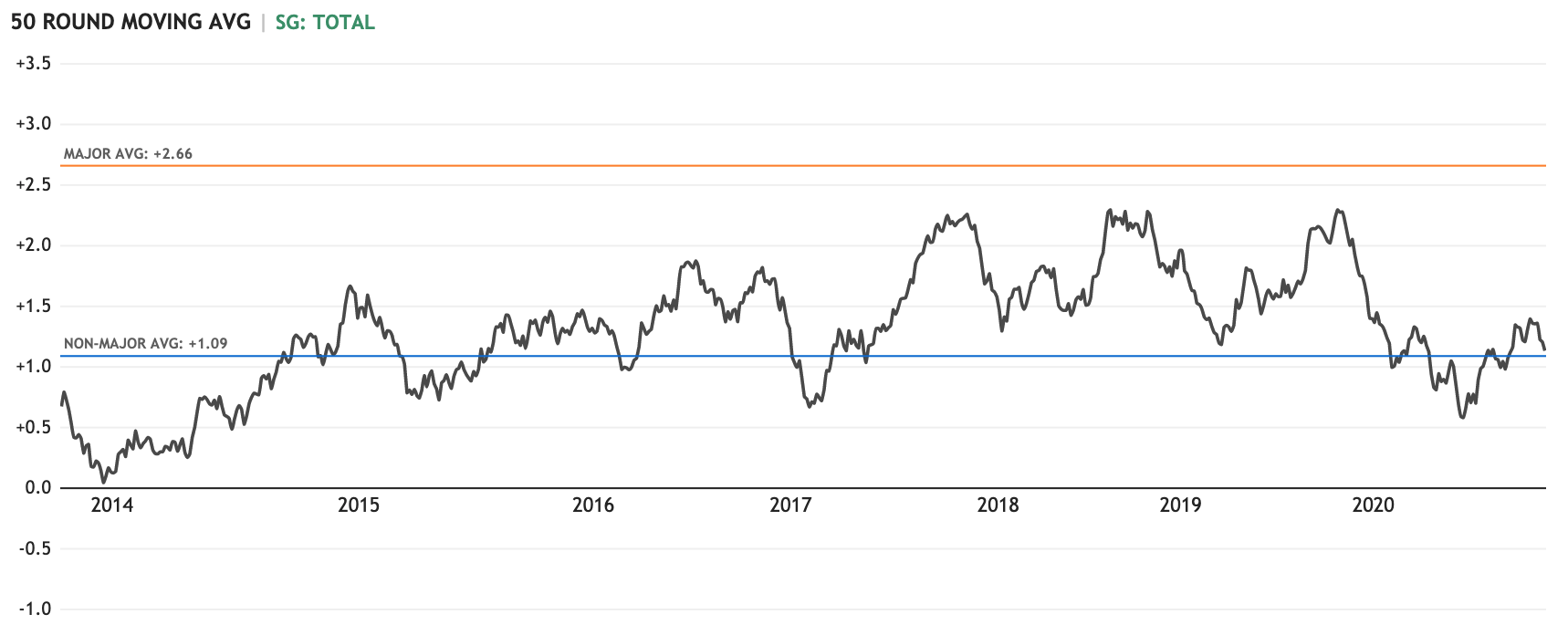
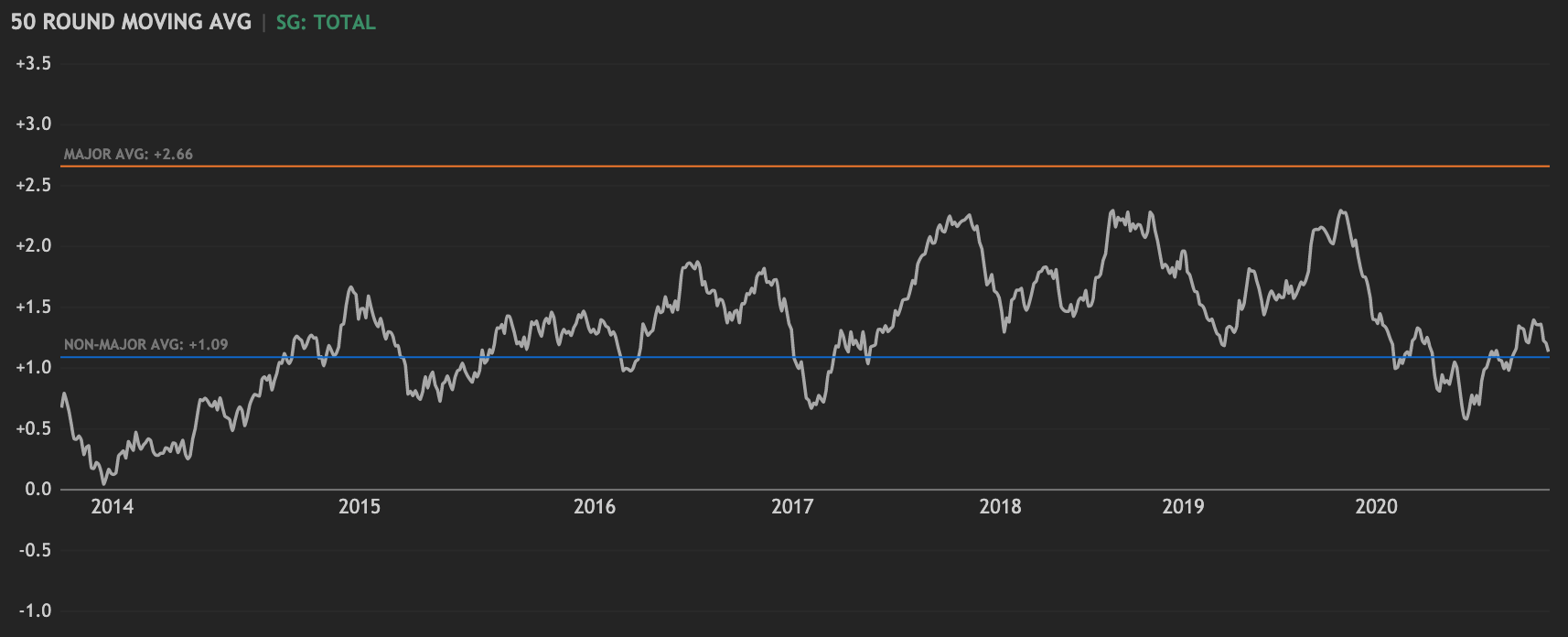
We have been reluctant to adjust for this phenomenon in our model, which has resulted in a chronic undervaluing of Koepka relative to the betting markets at Majors. Saturday at the PGA Championship may be the straw that breaks the camel's back: look for a "Koepka bump" to be added when the U.S. Open arrives at Torrey Pines in June.
*his Major average (+2.66) does not include the 3 rounds he's played this week.


We have been reluctant to adjust for this phenomenon in our model, which has resulted in a chronic undervaluing of Koepka relative to the betting markets at Majors. Saturday at the PGA Championship may be the straw that breaks the camel's back: look for a "Koepka bump" to be added when the U.S. Open arrives at Torrey Pines in June.
3 LAYUPS
Through 47 holes of play (11 holes into his third round), Phil Mickelson was driving it as well as anyone in the field.
Among the 81 players playing the weekend, Phil ranked 3rd in strokes-gained off-the-tee, but was a pedestrian 22nd in
driving distance and 40th in driving accuracy. What accounts for the difference? Up to that point,
Mickelson led the field with the fewest number of forced layups at just 3 (this excludes Hole 16 which was not
reachable in the first two rounds); Phil also had no penalty strokes due to tee shots.
However, things can change quickly in Major championships. A tee shot into a fairway bunker forced a layup on the 12th, and this was quickly followed by a snipe hook into the hazard on the 13th. By day’s end Phil had tumbled all the way down to 36th in strokes-gained off-the-tee for the tournament. Avoiding any catastrophic tee shots tomorrow would go a long way towards securing Mickelson a sixth Major title.
However, things can change quickly in Major championships. A tee shot into a fairway bunker forced a layup on the 12th, and this was quickly followed by a snipe hook into the hazard on the 13th. By day’s end Phil had tumbled all the way down to 36th in strokes-gained off-the-tee for the tournament. Avoiding any catastrophic tee shots tomorrow would go a long way towards securing Mickelson a sixth Major title.
I.T.N. ARCHIVE
RECOMMENDED BLOGS
Recent Blog Posts
Model Talk Blog
Does our model overvalue leaders?

 Data Visualization Blog
Data Visualization Blog
Skill Distribution of Major Champions
